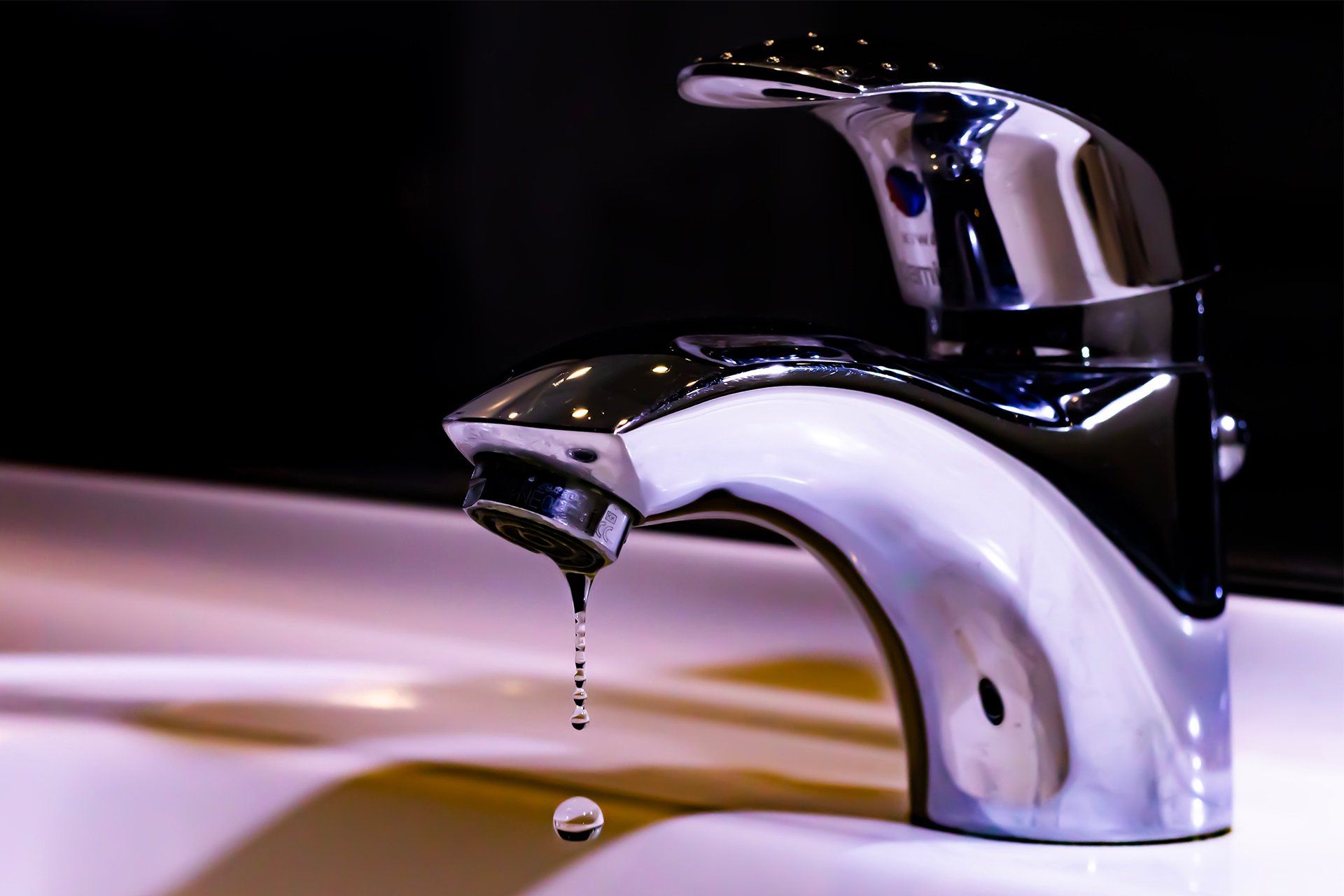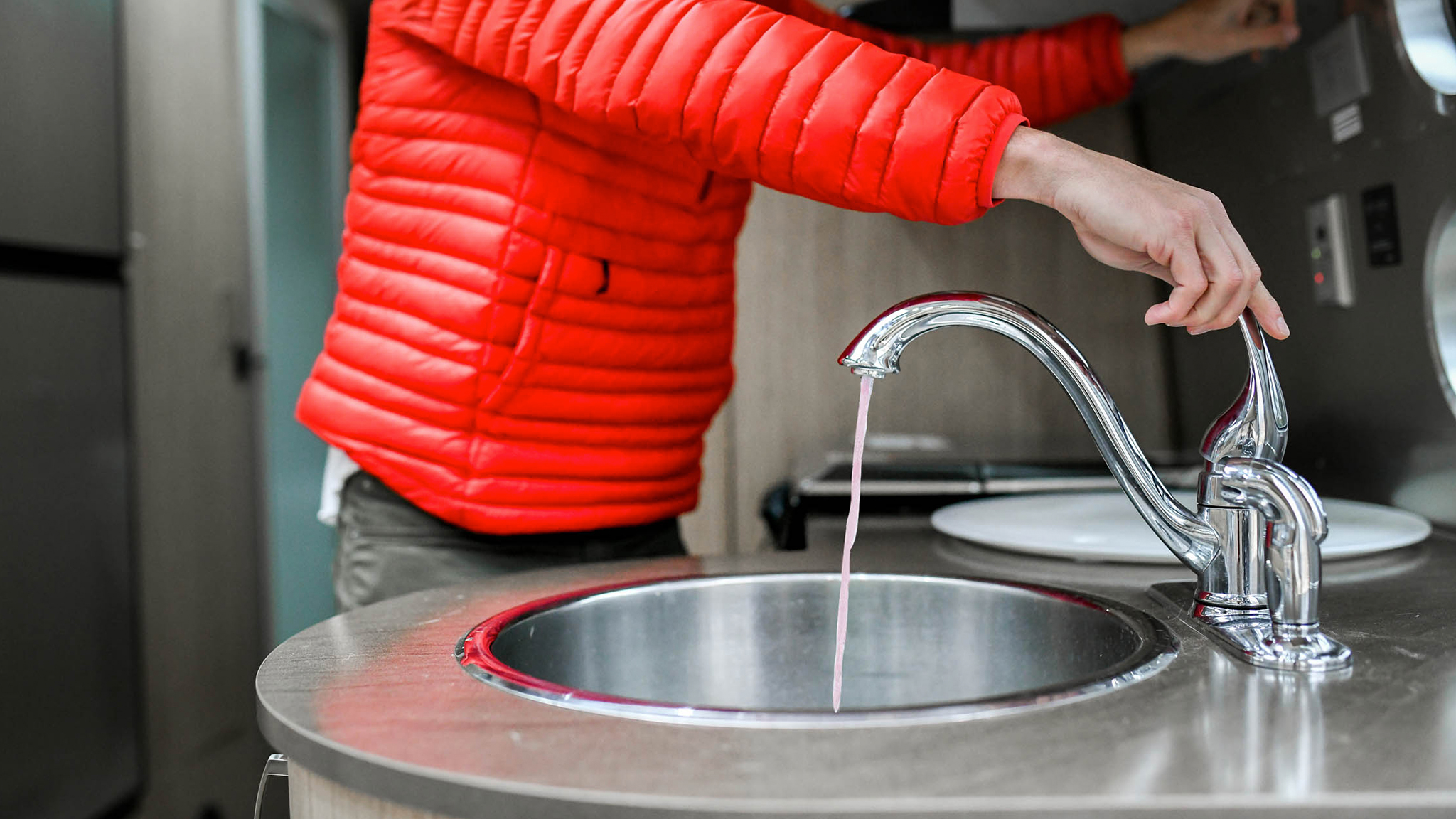We've stumbled on this post on How to Prevent Frozen Pipes listed below on the web and concluded it made perfect sense to write about it with you over here.

All house owners who live in warm climates need to do their ideal to winterize their pipes. Failure to do so can lead to disaster like icy, fractured, or burst pipelines.
Attempt a Hair Clothes Dryer or Warm Weapon
When your pipes are almost freezing, your trusty hair dryer or heat weapon is a blessing. If the warm towels do not help displace any working out ice in your pipes, bowling hot air directly into them may aid. Do not utilize other things that produce straight flames like a blow torch. This can cause a bigger catastrophe that you can not control. You may wind up damaging your pipelines while trying to thaw the ice. And also over time, you may also wind up melting your residence. Be careful!
Open Cabinet Doors Hiding Plumbing
When it's cold outside, it would certainly be helpful to open closet doors that are masking your pipelines. As an example, they could be somewhere in your cooking area or restroom. This will certainly permit the cozy air from your heater to circulate there. Consequently, you stop these subjected pipelines from cold. Doing this little technique can keep your pipes warm and limit the potentially dangerous outcomes of freezing temperatures.
Require Time to Cover Exposed Piping
One clever as well as very easy hack to warm up icy pipelines is to cover them with warm towels. You can also utilize pre-soaked towels in warm water, simply do not neglect to wear protective handwear covers to secure your hands from the warmth.
Activate the Faucets
When the temperature level decreases and it appears as if the cold temperature level will certainly last, it will certainly assist to turn on your water both inside your home and also outdoors. This will maintain the water streaming with your plumbing systems. Furthermore, the activity will decrease the cold process. Significantly, there's no demand to turn it on full blast. You'll end up wasting gallons of water by doing this. Rather, go for concerning 5 declines per minute.
When Pipelines are Frozen, shut Off Water
Turn off the major water valve quickly if you discover that your pipelines are totally icy or almost nearing that stage. You will generally find this in your basement or laundry room near the heating system or the front wall closest to the street. Turn it off as soon as possible to stop more damages.
With more water, more ice will certainly stack up, which will eventually lead to rupture pipes. If you are uncertain concerning the state of your pipelines this wintertime, it is best to call a specialist plumber for an examination.
All home owners that live in temperate climates must do their ideal to winterize their pipelines. Failure to do so can spell calamity like icy, fractured, or burst pipelines. If the warm towels do not help displace any kind of settling ice in your pipes, bowling hot air straight into them might assist. Turn off the main water shutoff right away if you discover that your pipelines are entirely frozen or nearly nearing that phase. With more water, even more ice will load up, which will ultimately lead to burst pipes.
PREVENT YOUR PIPES FROM FREEZING THIS WINTER
A Leading Cause of Property Damage
When the weather is taking a deep nose dive into the cold dreary days, the risk of your pipes freezing and potentially bursting skyrockets. Unfortunately, during these cold dreary months, burst pipes are the most common denominator for property damage. The pipes that are most at the risk are those that are in areas where it is most cold in your home. For instance, pipes located in interior places such as basements, attics, and your garage. Unfortunately, that doesn’t mean that the pipes running through your cabinets or exterior walls can’t freeze. Good news, however, is that you can do things to help prevent pipes from freezing.
How to Prevent Pipes From Freezing
Once the temperature starts to drop during the winter, you should be taking the proper measures needed to ensure that your pipes stay warm and that there is circulation of water through them. Some steps that experts may recommend could go against your better judgement when it comes to saving water and heat. However, it would go without saying that when expenses are compared, damaged pipes could put a bigger dent in your wallet than a water bill.
What Can I Do?
Keep your garage door closed. This is very important, especially if you have water supply lines running through your garage. Open your kitchen and bathroom cabinets to allow warm air to circulate through them. Allow air circulation throughout your home. Keeping the interior doors open will once again allow the warm air to circulate inside your home. Ensure your thermostat is running the same temperature throughout the night and day. If you plan to be away from home during the cold months, set your temperature no lower than 55° F. This should provide enough heat to keep the pipes warm and prevent any remaining water inside the pipes from freezing. For more of a long-term solution, add insulation to attics, basement, and other crawl spaces around your home. By allowing your faucet to drip, it will alleviate pressure in the system. This is important because the pressure that is created between the blockage and the faucet can potentially cause the pipes to burst. Allowing the faucet to drip will prevent the pressure from building up, therefore keeping the pipes from bursting. Seal any cracks, openings, and crawl spaces around your home to prevent cold air from coming inside. This keeps your pipes-not to mention your home-warmer and less susceptible to issues caused by freezing temperatures. For the pipes in your home that are easily accessible, applying electrical tape to them might prevent them from freezing over. This is a quick fix, as you can apply the tape directly to the pipe. There are two options for heating tapes. One turns on and off by itself when it senses heat is needed. The other type of heating tape needs to be applied when heat is needed and removed when not necessary. If you have exposed pipes in your home, you can check this website to take a look at a few options that would be available at a shop near you.

As a serious reader about Prevent Freezing and Bursting Pipes, I thought sharing that segment was smart. Do you know another person who is involved in Winterizing Your Pipes? Do not hesitate to promote it. Thanks for taking the time to read it.
Best results? Dial!